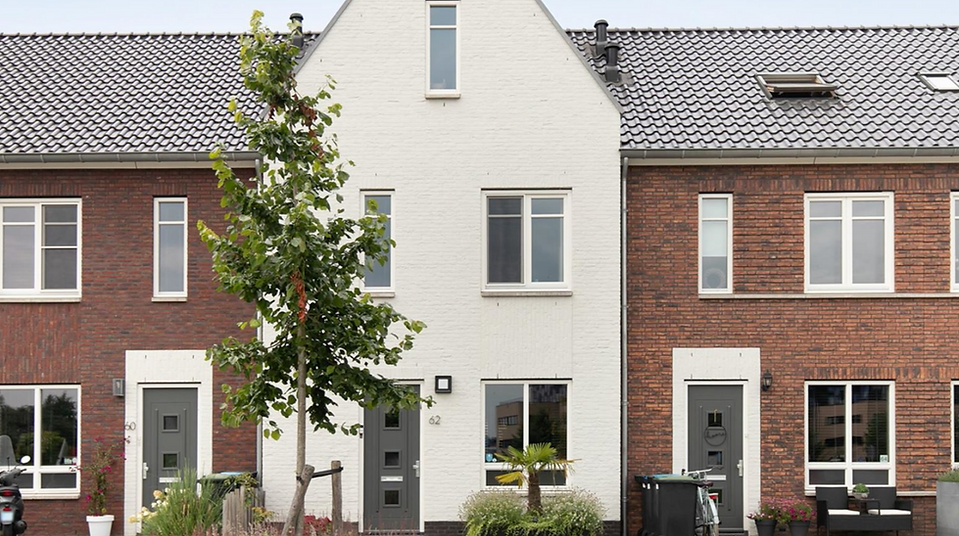A hybrid model for property valuation: Hedonic pricing with explainable AI

Marnix Hazelhoff
27 juni 2025
Reading time 3 minutes
Tarasov, S. & Dessoulavy‑Śliwiński, B. (2025). Algorithm‑Driven Hedonic Real Estate Pricing – An Explainable AI Approach. Real Estate Management and Valuation, 33(1), 22–34. DOI: 10.2478/remav-2025-0003.
Appraisers have been using hedonic models for decades—assigning fixed values to characteristics like floor area, year of construction, or energy label. Useful, but far from perfect. This study demonstrates how that classic formula can be upgraded with smart algorithms and a clear, interpretable explanation layer.
How does it work?
The researchers used data from 75,000 residential property sales in the Netherlands between 2018 and 2023. Each property was described by familiar features such as location, living area, year built, and energy performance label. Then they perform the following steps to estimate housing prices.
-
Calculating a Base Price
Using a standard hedonic model, each feature is assigned a fixed value. For example, each additional square meter adds around €2,000 to the price, while older construction years reduce the value. This produces an initial price estimate per home. -
Filling the Gaps with Machine Learning
Of course, this base price can’t explain all price differences. Think of unexpectedly high bids in trending neighborhoods, or discounts on less desirable property types. The difference between the estimated price and the actual sale price (the residual) is modeled using three machine learning techniques (including XGBoost and a neural network). These models learn which factors matter more in practice than the original formula assumes. -
Transparency with SHAP
To make the model explainable, the researchers use SHAP (Shapley Additive Explanations). This method shows exactly how much each feature contributed, positively or negatively, to the final price. For example: a better energy label might add €7,500, while a popular neighborhood could boost the price by €40,000. This turns the result from a black box into a transparent, understandable breakdown.
What does it deliver?
-
Transparancy
This hybrid method clearly improves both the accuracy and transparency of property valuations. -
More accurate
The model reduces the average error between predicted and actual sales prices by 15%. This is especially valuable in areas with price volatility or rapidly changing buyer preferences. -
Explainable
It not only provides better estimates, but also explains why. This makes the model useful for advisors, real estate agents, and homebuyers alike.
Calculate bid
Do you want to know what to bid on your dream home? We calculate it for you.
-
Insight into price drivers
The analysis shows that location has the highest influence (~40%), followed by living area (~25%) and energy performance (~10%). This gives users clear insight into what really affects property value.
Why does this matter?
Anyone making an offer on a home wants a solid foundation. You want to know whether the asking price is fair, what a reasonable counteroffer is, and what it’s based on. Traditional models offer a useful starting point but often miss nuance and context.
This study shows that modern techniques can sharpen those estimates, and make them understandable. That’s exactly what’s needed in a competitive housing market where buyers, sellers, and professionals all seek clarity and confidence. The result is an offer that isn’t just smart, but also explainable and well-founded.
